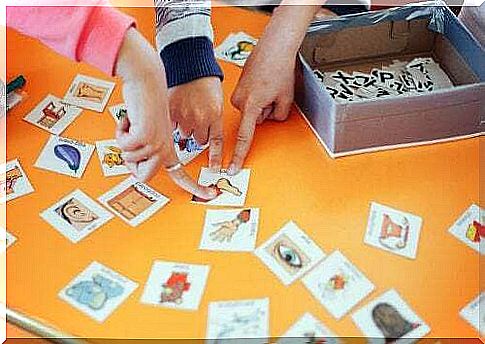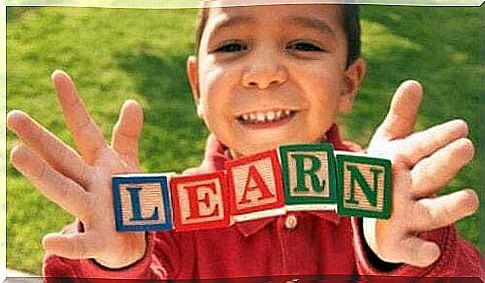How To Teach Your Child Another Language

Teaching your child another language is not difficult at all. While it is true that children can easily learn several languages, many times we are not sure how to teach them. However, helping him learn is quite simple if a few steps are followed.
It is often mistakenly thought that one can only be bilingual if the child, when he starts speaking, starts with two languages at the same time. But this is just a false myth: ” The fact that you can’t be bilingual after a certain age is just a false myth,” says Jill Stribling, Ph.D. in Psychology and Pedagogy with a Masters in Early Childhood Education at the University of California. . Stribling insists that any child can become bilingual.
–Jill Stribling–
In this article we will give you some tips to teach your child another language in a simple and natural way.
Tips for teaching your child another language
Listening to music
Getting your child to listen to music in another language is one of the easiest ways to get them to learn it. As we know, children learn by interacting, listening and watching. When they listen to music in another language, children become familiar with the sound and rhythm of that language. Listening to music will introduce them to the intonation, inflections and nuances of the language they are learning.

Even if they don’t understand the songs at first, they will develop essential skills for the future. Listening and repeating songs in another language will help your child build a natural relationship with the other language.
Watch videos or TV series in another language
Showing your children videos or TV shows in another language is one of the best ways to learn it. It is important to find suitable DVDs, with children’s programs or series to watch.
Videos guarantee learning through two very effective ways: watching and listening. While music is a great source of teaching another language, videos can give your child a visual representation of the words they are hearing, helping them to understand and thus memorize new words.
To read
We know that reading for children is very useful. Reading books in a foreign language is just another way to increase the benefits of reading in learning development. In doing so, they get used to the structure of the foreign language.
Seeing individual words is very different from reading complete sentences. To start, we should look for simple picture books that can entertain the child. Bilingual books are also a great idea, as they can be read in another language and help understand the story.
Language cards to teach your child another language
Language cards are fast, fun, interactive and effective. You can buy these language cards from the bookstore or create your own. To teach your child another language little by little, we recommend that you start showing him the cards as soon as he is a baby at least 3 times a day.

You can also select from 10 to 15 words and repeat them quickly when the baby wakes up, after a diaper change, at the time of the bath or when you see fit. Showing tabs will take no more than 30 seconds per session.
Another option is to glue the boards on the walls in different places in the house. When you find them, you can show the card with the word to the child and repeat it several times.
Practice the language with others
The final and probably the most important step is to practice the conversation. A child can learn a new language simply by talking to others. If we speak to him in another language and have him interact with people who speak this language, he will learn to speak it faster. Conversation is the key to language transformation.
Insisting is the key in this process. A child can learn very quickly and effortlessly, so take advantage of this time for the child to become bilingual. It just takes a little patience and persistence.









